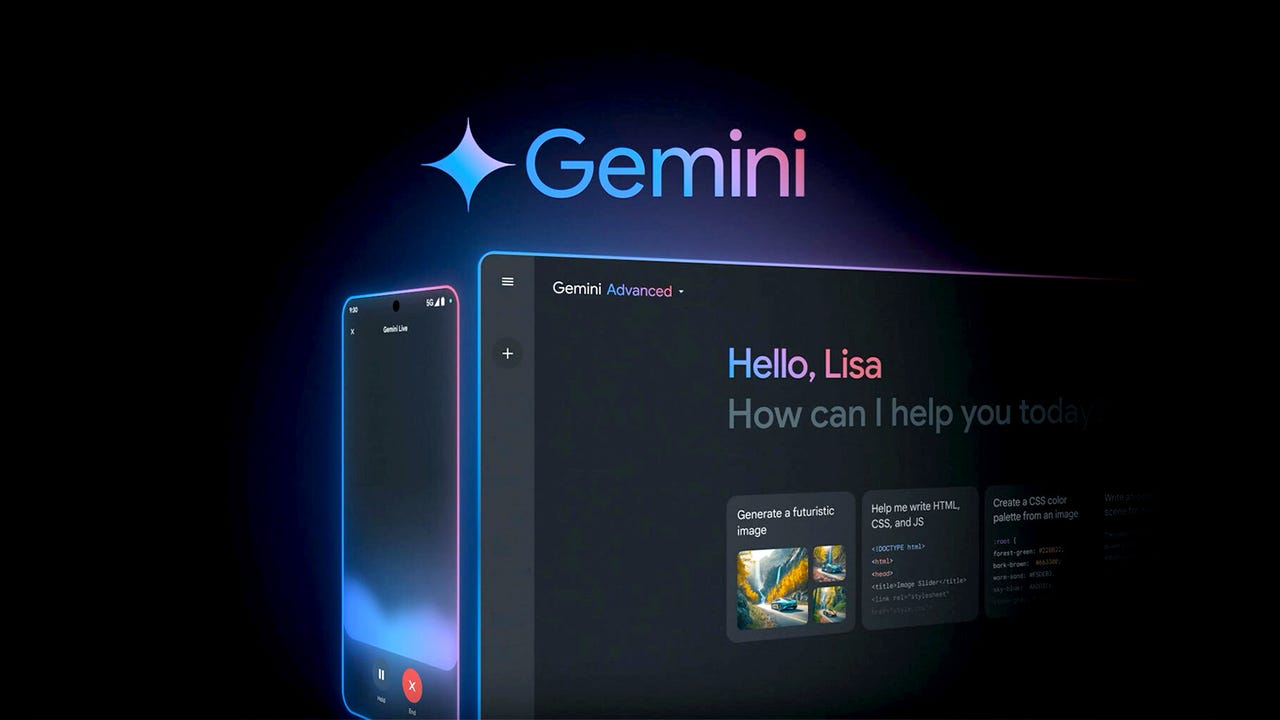'ZDNET Recommends': What exactly does it mean?
ZDNET's recommendations are based on many hours of testing, research, and comparison shopping. We gather data from the best available sources, including vendor and retailer listings as well as other relevant and independent reviews sites. And we pore over customer reviews to find out what matters to real people who already own and use the products and services we’re assessing.
When you click through from our site to a retailer and buy a product or service, we may earn affiliate commissions. This helps support our work, but does not affect what we cover or how, and it does not affect the price you pay. Neither ZDNET nor the author are compensated for these independent reviews. Indeed, we follow strict guidelines that ensure our editorial content is never influenced by advertisers.
ZDNET's editorial team writes on behalf of you, our reader. Our goal is to deliver the most accurate information and the most knowledgeable advice possible in order to help you make smarter buying decisions on tech gear and a wide array of products and services. Our editors thoroughly review and fact-check every article to ensure that our content meets the highest standards. If we have made an error or published misleading information, we will correct or clarify the article. If you see inaccuracies in our content, please report the mistake via this form.
How to get quick access to Gemini AI on Linux with this GNOME desktop extension


Gemini is Google's answer to ChatGPT… but it's much more than that. Eventually, this bit of AI will replace Assistant on your Android phone. But Gemini isn't only limited to Android, as you can also use it via your web browser by going to gemini.google.com. And if that wasn't enough, you can also access it via the GNOME desktop, with the addition of a handy little extension and an API key.
Also: What does a long context window mean for an AI model, like Gemini?
Once added, you can click the top bar icon, ask Gemini a question, and the response will appear in the drop-down. Although Gemini is also capable of creating images, this extension doesn't exactly handle that feature well enough to be useful (instead, images appear as rows of black lines). Even with that issue, the extension is a very handy means of accessing the Gemini AI service.
Let me show you how to add it to your GNOME desktop environment.
How to install the extension
What you'll need: To add this extension, you'll need a Linux distribution with the GNOME desktop environment, the Firefox web browser, and an API key from the Google AI Studio (which can be had for free).
1. Open Firefox and locate the extension
Open Firefox and point it to the Gemini GNOME extension page.
2. Install the extension
On the "Gemini AI ChatBot" extension page, click "Install" and, when prompted, "OK" the installation (you may also be asked for your Linux user password).
Installing the "Gemini AI ChatBot" extension does require the Firefox browser.
3. Generate an API key
The next step requires you to get an API key from the Google AI Studio. To do this, point your browser to the Google AI Studio. On that page, click Get API key at the top of the left sidebar. On the resulting page, click "Create API key" near the middle.
Also: What is Gemini Live? How Google's real-time chatbot competes with GPT-4o
When prompted, select "Generative Language Client" from the Google Cloud Projects drop-down and then click, "Create API Key" in "Existing Project." Once the key is generated, copy it to your GNOME clipboard. To do that, click the key (in the API Key column) and then click the "Copy" button.
Make sure to choose the right entry from the drop-down.
4. Add your API key
Click the Gemini extension icon in the top bar and then click the Gear icon to access the settings pop-up. In the pop-up, paste your key in the "Gemini API Key" field. Once you've done that, click "Save."
You can also select to remember talk history (which will save it between log ins).
5. Using the Gemini extension
With all of this taken care of, click the Gemini icon and type your query.
Also: 3 reasons to upgrade to Gemini Advanced, from Google I/O 2024
Gemini will eventually respond in the pop-up, which you can view. Your chats will remain until you log out of GNOME.
I asked Gemini to define Linux.
And that's all there is to getting quick access to Google's Gemini AI service from the GNOME desktop. Although the extension is more limited than either Gemini on Android or the web, this is a great way to interact with it for research and quick answers when a Google search is too much.
Enjoy that newfound power.